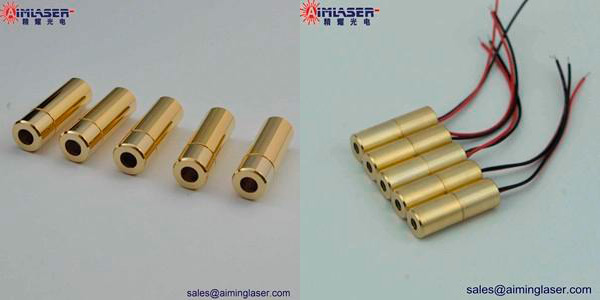In recent years, with the rapid development of laser technology and the continuous increase of laser devices, more and more types of lasers are available for clinical use, whether it is from high-power continuous lasers to femtosecond ultrashort pulse lasers, or from deep ultraviolet lasers to mid-infrared lasers all show important application potential in surgery, disease diagnosis, beauty care and so on. Therefore, when choosing a medical laser, the most suitable laser parameters and indicators should be determined according to different clinical needs and the latest development of laser devices, so as to make a reasonable and practical choice for medical lasers.
Different types of lasers have different parameters, performances and working methods, and their interactions with human biological tissues are also different. After determining the parameters and performance of the required medical laser and the required working mode, it is basically possible to determine the suitable specific laser type. Below we briefly introduce some typical medical laser devices and their main clinical applications according to the classification of commonly used working substances.

Solid-state lasers are currently the most widely used and mature medical lasers. A typical solid-state medical laser is Nd:YAG laser, whose main working wavelength is 1064 nm. It can be used as a scalpel for the treatment of pigmented diseases in dermatology, and can also be used for intraocular surgery such as membranous cataract. In addition, Nd:YAG 532 nm wavelength laser also has important applications in many therapeutic fields, such as ophthalmology, dentistry, dermatology, prostatectomy, etc., and can be used for the treatment of dermatological wrinkles, hair loss symptomatic diseases and the treatment of fundus diseases, etc. . In addition, another wavelength of Nd:YAG laser is 1320 nm, which can be applied to the treatment of large and small saphenous varicose veins and non-functional superficial branch varicose veins caused by blood reflux. Another Er:YAG laser has an output wavelength of 2.9 μm. Since water strongly absorbs this wavelength, it is mainly used for laser treatment of superficial tissues, such as perforation and blood collection, ophthalmic treatment, skin rejuvenation surgery, etc. It also has applications in other fields such as the treatment of tumors and tumors, and its treatment principle can basically be attributed to the laser scalpel. Similar to the so-called "water laser".
Commonly used medical gas lasers include carbon dioxide lasers, with an output wavelength of 10.6 μm, which are far-infrared lasers. Its wavelength has a very high absorption rate of water, so it is mostly used for strong laser treatment. He-Ne laser with an output wavelength of 632.8 nm. The power is only in the order of 10 mW, which can only be used for weak laser treatment, that is, laser physiotherapy and laser acupuncture; it can also be used as a treatment light source for photodynamic therapy. Argon ion laser, the output wavelength is mainly 514.5 nm and 488 nm, and the power can reach tens of watts. The laser has a short working life and high operating costs. The visible blue-green wavelength laser can be transmitted through an optical fiber, and the absorption rate of this wavelength by hemoglobin is extremely high, which can be used as a treatment light source for photodynamic therapy. Krypton ion laser, the main working wavelengths are 406.7 nm, 415.4 nm, 568 nm, 647 nm. Can be used as a diagnostic light source for photodynamic therapy. Helium-cadmium laser, with an output wavelength of 441.6nm, can be used as a diagnostic light source for photodynamic therapy.
At present, the output wavelength of semiconductor lasers has a variety of options from 405 nm to 1500 nm, and the working modes include continuous and pulsed operation. Generally, its name is limited by wavelength and working mode, such as: 630 nm continuous semiconductor laser, 780 nm pulsed semiconductor laser, etc. Semiconductor lasers have unique advantages such as small size, high efficiency, and the ability to directly use power to modulate the output laser. In addition to its low price, the operating cost is also lower due to its high electrical and optical efficiency and long working life. The life of the diode laser tube is much longer than that of the ion laser. Due to its wide range of wavelengths from ultraviolet to infrared, it can be transmitted through optical fibers, and the scope of clinical application is getting wider and wider.